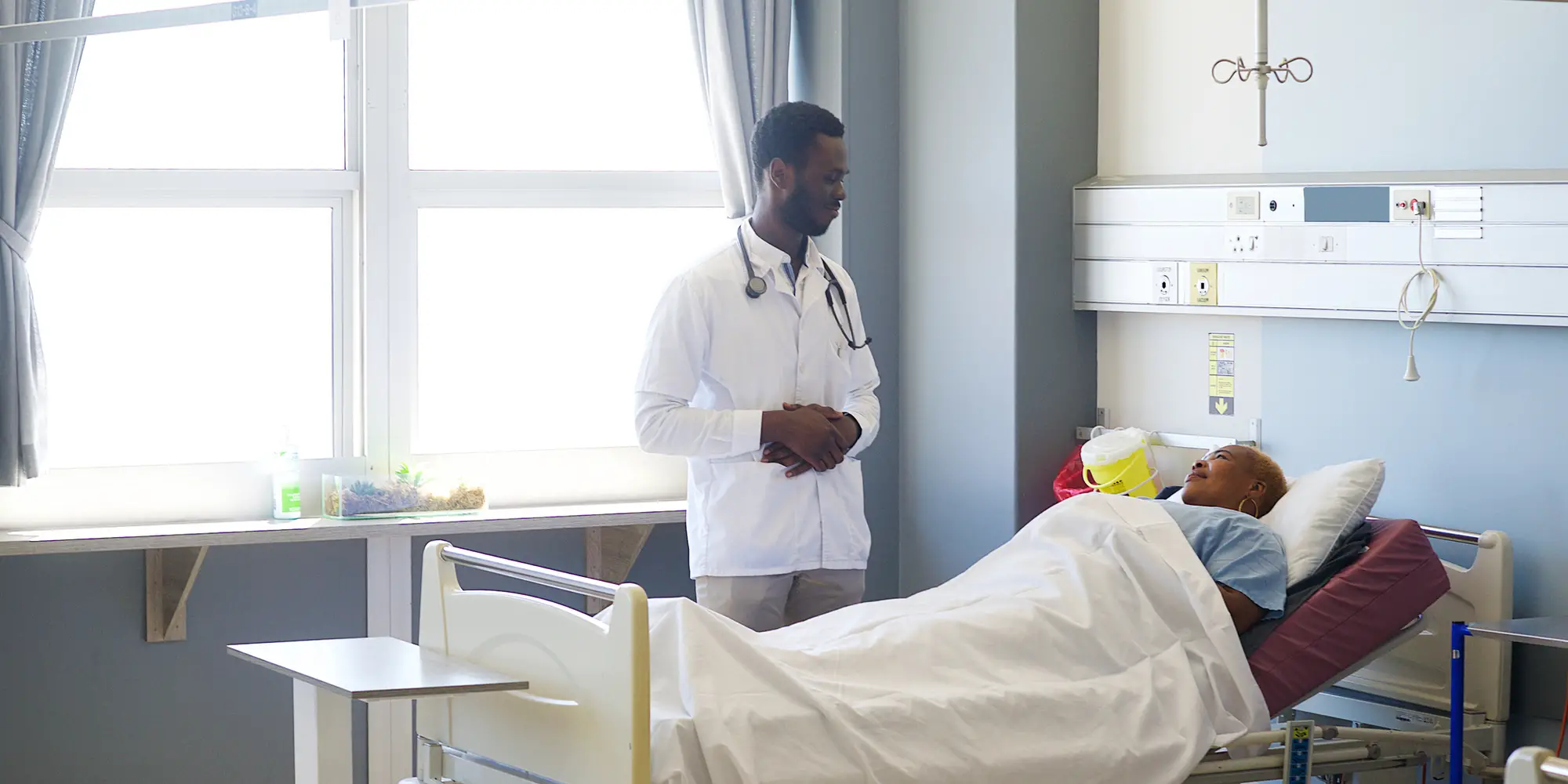
Exploring How Melanin Influences Clinical Oxygen Measurements
A recent study explored the influence of melanin on near-infrared spectroscopy (NIRS), an optical tool that leverages light-tissue interaction to measure changes in hemoglobin concentration and oxygenation.
Media Inquiries
Obtaining accurate clinical measurements is essential for diagnosing and treating a wide range of health conditions. Regrettably, the impact of skin type and pigmentation is not equally considered in the design and calibration of noninvasive oxygen-monitoring medical technology. A recent College of Engineering(opens in new window) study explored the influence of melanin on near-infrared spectroscopy (NIRS), an optical tool that leverages light-tissue interaction to measure changes in hemoglobin concentration and oxygenation. Its results emphasize the importance of advocating for adjustments in light-based imaging devices like NIRS to ensure precise, inclusive outcomes for patients with all skin types.
Concerns around the effectiveness of clinical oxygenation measurements for people of color date back to the 1990s. The issue drew more attention during COVID-19, when pulse oximeters, which have a similar principle but different function from NIRS, failed to provide accurate readings for individuals with darker skin pigmentation globally. Notably, melanin has the potential to reduce light intensity, light sensitivity and signal-to-noise ratio, resulting in a variability of clinical measurements.
“If the appropriate amount of oxygen isn’t being delivered to the tissue from your bloodstream, this could cause different kinds of bodily harm or damage to the tissue,” explained Sossena Wood(opens in new window), assistant professor of biomedical engineering. “Being able to properly diagnose a patient, especially in the case of skin tone and other physiological differences, is critical. Readings from NIRS and other diagnostic tools influence how medical professionals apply the different interventions available, and it could mean the difference between minor or more invasive courses of action. Getting it right is important to everyone.”
A recent study(opens in new window) published in the Journal of Biomedical Optics’ Special Issue on Pulse Oximetry: 50 Years of Inventions and Discoveries in Biomedical Optics utilized a NIRS forehead probe to measure hemoglobin and tissue oxygenation changes in 35 healthy participants with varying levels of melanin. Representing the first significant statistical measurement of its kind, researchers investigated the correlation between melanin concentration, determined using a colorimeter, and several key metrics from the NIRS signal, including signal-to-noise ratio. They found that in healthy individuals, melanin significantly impacts the signal-to-noise ratio and measured arterial oxygen saturation in each channel.
“Race or ethnicity is not enough of a categorization by which to conduct these clinical measurements of oxygenation,” emphasized Wood. “Many of the devices being used today were designed or calibrated on patients with fairer skin. We proved that the incorporation of a colorimeter is necessary, a device that can make objective and accurate measurements, based on a variety of melanin categorizations. From there, we can work to build better hardware, we can work to improve accompanying algorithms so that a true assessment is available for everyone.”
As a next step, the group is planning to expand its research to unhealthy patients facing acute respiratory issues using pulse oximeters, in partnership with Carnegie Mellon University in Africa(opens in new window). They are also interested in examining the factors of hair in patients with varying levels of hair textures using electroencephalography (EEG) and NIRS technology. Better understanding the impact that hair texture and melanin on the scalp has on clinical measurements like oxygen saturation and hemoglobin changes could improve signals for areas of the brain involved in motor, visual, perception and auditory tasks, which often must be accessed through a lot of hair.
“Ultimately, I hope we can propel the technology to be better,” said Wood. “There is often a pyramid order when it comes to who has access to effective medical technology, and we want to flip the script. I have had family members impacted by these devices not working as appropriately as they should and challenges in the health care system and I’m passionate about finding better solutions. The people who need it most shouldn’t be left out of the conversation.”
This research was funded in part by Meta. Additional researchers on the project include Carnegie Mellon faculty members Jana Kainerstorfer(opens in new window) and Pulkit Grover(opens in new window).


